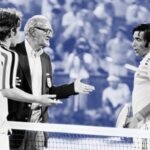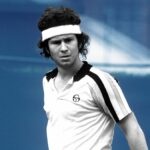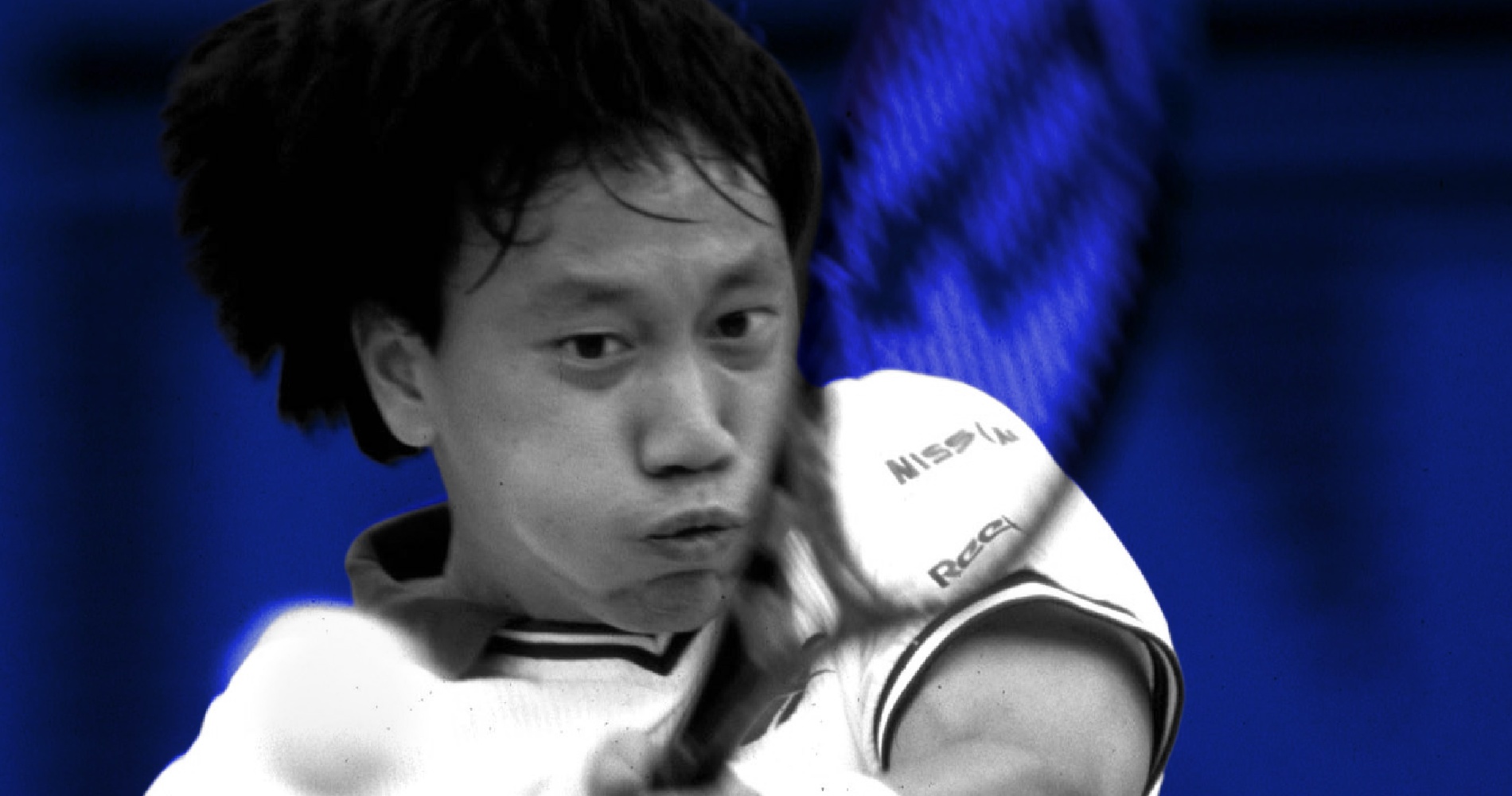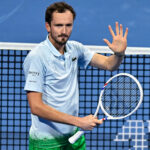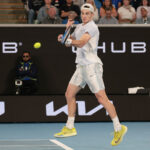September 1, 1987: the day 15-year-old Michael Chang became the youngest male in the Open era to win a match at the US Open
Every day Tennis Majors takes you back in time to celebrate a great moment in tennis history. Today, we go back to 1987 to witness how 15-year-old Michael Chang defeated Paul McNamee to create an Open-era record that stands to this date
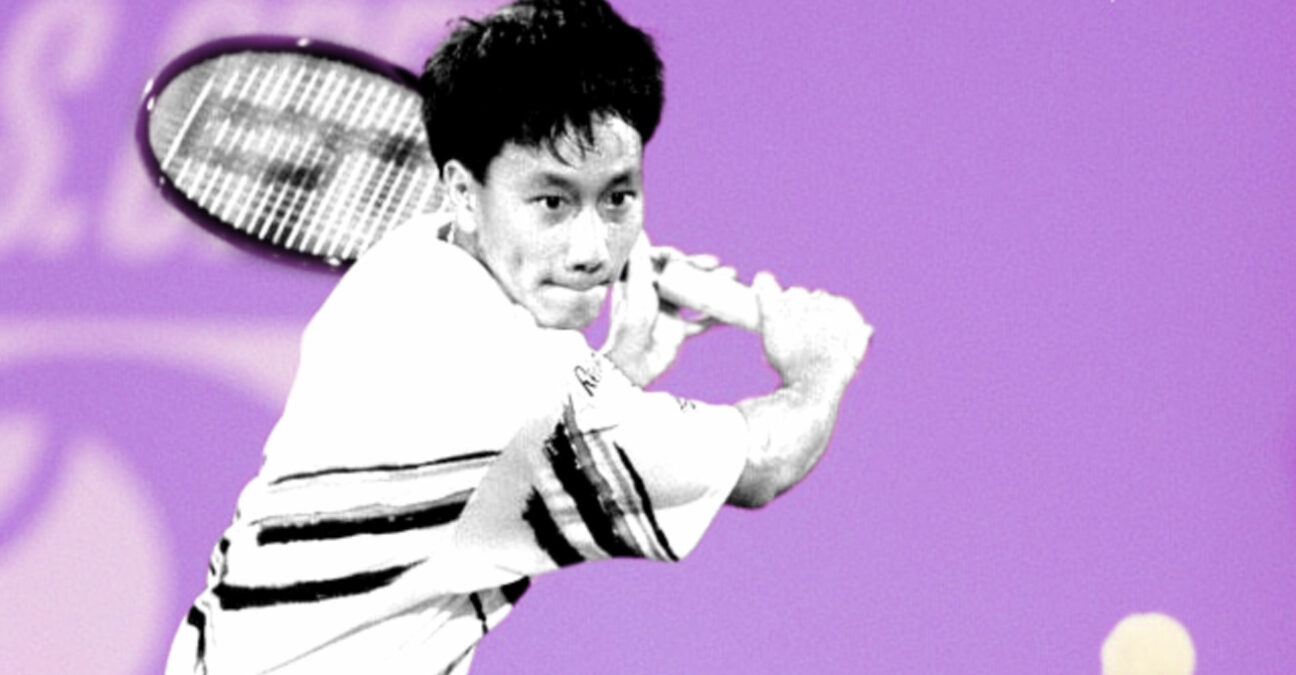 Michael Chang, On This Day
Michael Chang, On This Day
What happened exactly on that day?
On this day, September 1, 1987, Michael Chang, 15 years old at the time, defeated the experienced Paul McNamee in the US Open first round (6-3, 6-7, 6-4, 6-4). The young American was the youngest male player to ever win a match in the US Open main draw, and his record would remain unchallenged in the following 36 years. Two years later, in Paris, Chang would set another record, becoming the youngest male player to ever win a Grand Slam tournament.
The players involved: Michael Chang and Paul McNamee
- Michael Chang: the US U-18 National Champion with a US Open wildcard entry
Michael Chang, despite being only 15 years old, was already raising eyebrows in American tennis. Since the age of 12, he was beating all the precocity records, and in 1987, he won the United States Nationals 18-and-under tournament, which earned him a wildcard for the US Open. The teenager was known for his defensive skills and his fighting skills.
- Paul McNamee: Grand Slam doubles champion and former top 25 pro from Australia
Paul McNamee, from Australia, was 32 years old in September 1987. In singles, he climbed as high as world No 24, in 1986, having claimed two singles titles in his career, the most important one in 1982, in Baltimore, where he defeated Guillermo Vilas in the final (4-6, 7-5, 7-5, 2-6, 6-3). He was more successful in the doubles format, having reached world No 1 in 1981, and claiming four Grand Slam titles partnering fellow Australian Peter McNamara, two at the Australian Open and two at Wimbledon. McNamee was also a part of the Australian team which won the Davis Cup in 1983 and 1986. In September 1987, he was ranked No 130 in the world.
The place: The US Open, New York
The US Open (known as the US Nationals before 1968 and the start of the Open Era), was established in 1881, and, although it is the only Grand Slam to have been played every single year without an interruption since its inception, it moved locations several times throughout the 20th century. First held in August 1881 on grass courts at the Newport Casino, on Rhode Island, the tournament moved to New York in 1915, where it was held at the West Side Tennis Club, at Forest Hills until 1977 (with the exception of years 1921-1923, when the event was moved to Philadelphia).
In the years 1975-1977, the event was played on clay. In 1978, the US Open left the West Side Tennis Club, which was now too small for such an important event, for the USTA National Tennis Center, located in Flushing Meadows, New York. At the same time, the decision was made to change the surface to hard courts. The National Tennis Center was one of the biggest tennis complexes in the world: its Centre Court was the Louis Armstrong Stadium, which had a capacity of 14,000 spectators.
The facts: Michael Chang finds unique tactic to beat McNamee
The 15-year-old Michael Chang had been beating all the “youngest-ever” records in the United States since he won his first national title, the USTA Junior Hard Court singles at the age of 12. In 1987, he became the youngest-ever player to win the United States Nationals 18-and-under tournament, and at the time, winning that event meant being awarded a wild card into the US Open main draw. Despite the fact that the teenager had earned his spot, many observers thought that it was a bit early for such a young player to be thrown into a Grand Slam main draw.
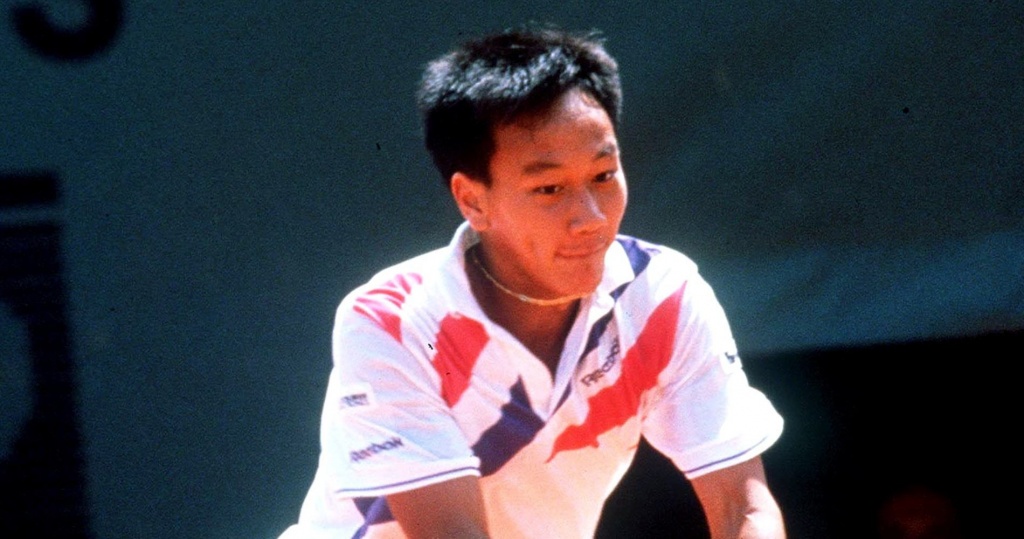
In the first round, the prodigy faced Paul McNamee, an experienced Australian player, one of the oldest in the draw (more than twice Chang’s age). McNamee, world No 24 at his best, had dropped down to world No 130, which still gave him a fair advantage over his young opponent, ranked 930 in the world.
However, Chang rose to the occasion, displaying impressive mental skills and against all odds, he changed his usual defensive strategy into a more aggressive one.
“If you had seen me play that opening match at the US Tennis Center, you would have thought that I would play the rest of my career as a serve-and-volleyer,” Chang would later write in his book, Holding Serve: Persevering On and Off the Court. “I came in behind my serve a few times that afternoon because I had noticed that Paul was having a tough time returning kick serves high to his backhand.”
This strategy was successful, and the American prevailed in four sets (6-3, 6-7, 6-4, 6-4). This was, of course, one of the big stories of the day, as the American sports journalists were quick to call him “the future of American tennis”, at a time when its previous leaders, John McEnroe and Jimmy Connors, were fading.
It was when he faced the press, accompanied by his mother, that Chang showed his youth. “I don’t know about the future of American tennis,” he said. “I’m just out there playing.”
“He’s just a little boy and we’d like to keep him that way,” his mum Betty told the press.
What next: Chang wins French Open aged 17
Michael Chang would be defeated in the second round of the 1987 US Open by Nduka Odizor, not without battling his opponent for five sets (6-1, 6-2, 6-7, 3-6, 6-4). In the following years, the young American would beat several other precocity records. In October 1987, he would become the youngest man to reach the semi-finals of a professional tournament in Scottsdale, which would make him the youngest member of the ATP Top 200 in history at the age of 15 years, 7 months and 26 days. The following year, in June, aged only 16 years and 3 months, he would also be the youngest man to ever enter the top 100. In 1989, at the age of 17, he would become the youngest man to ever win a Grand Slam tournament, defeating Stefan Edberg in the Roland-Garros final (6-1, 3-6, 4-6, 6-4, 6-2). His fourth-round match against Lendl would go down in tennis history, and Chang’s underarm serve would become almost as famous as Maradona’s “Hand of God” in soccer.
Chang would never win a second Grand Slam title, but he would remain one of the main top players in the early 1990s. His peak years would be 1995 to 1997. In these three years, he would finish runner-up in three other major events: the 1995 Roland-Garros Championships (lost to Thomas Muster, 7-5, 6-2, 6-4), the 1996 Australian Open (defeated by Boris Becker, 6-2, 6-4, 2-6, 6-4) and the 1996 US Open (defeated by Pete Sampras, 6-1, 6-4, 7-6). He would also reach three Grand Slam semi-finals and in September 1996, he would climb to No 2 in the world rankings, his best ranking ever. Leaving the top 10 in early 1998, he would then slowly decline and would eventually retire in 2003.
His opponent of the day, Paul McNamee, would become a successful sports administrator, and would serve as Tournament Director of the Hopman Cup and CEO of the Australian Open until 2006.


